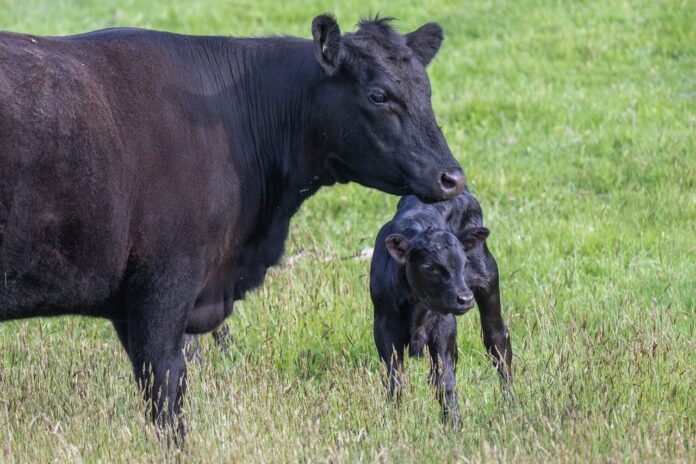By Jamie Hampton
Mud isn’t avoidable, but we can lessen its impacts on our animals. Stress causes reduced production. Mud can cause stress. Therefore mud causes reduced production.
Muddy conditions can make it more difficult for livestock to move around. Mud causes a reduction in the insulation value of hair and wool and increased disease due to the pathogens that thrive in mud. Whether you are calving or just worried about production, mud can cause management issues.
While calving, keeping an eye on your calves around mud is a must. Not only are they deeper in the mud than their mothers, but they are also ingesting the mud through nursing. Calves are more susceptible to disease and illness simply because of their age.
If you have finished up your calving season and plan to turn out the bull, mud can cause problems with breeding because of the difficulties that muddy slippery conditions bring with it.
Best practices
While we cannot avoid mud completely on the farm, we can use best management practices to help reduce the impact of the mud. If you have cows that are calving or have small calves on their side, move them to pastures with less mud, or indoors during the worse conditions. Moving feeders and round bales to different locations throughout the field will help to reduce the amount of damage that the cattle can have to feeding areas. The goal is to decrease your stocking rate to reduce the damage to the soil.
If you have a feedlot, think about providing bedding. There are many sources of bedding available but look for things that will allow the manure and liquids to settle to the bottom and stay dryer on top.
According to Iowa State’s beef specialist, cornstalks tend to be the preferred choice. The author points out that it is recommended to provide 1 pound of bedding per day per inch of mud per head for feedlots and yearling cattle, while 4 pounds of bedding per day per inch of mud is needed for cow-calf pairs.
You will want to consider managing bedding away from feed and water to help control feed waste and contamination from excessive feces in that area. If you are managing a bed pack, keep your cattle high and add fresh bedding to maintain a dry surface.
(Jamie Hampton is the Auglaize County Extension educator for Ohio State University. She can be reached at 419-910-6062 or hampton.297@osu.edu.)













